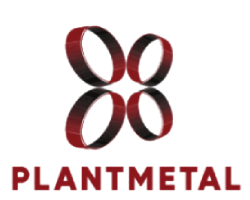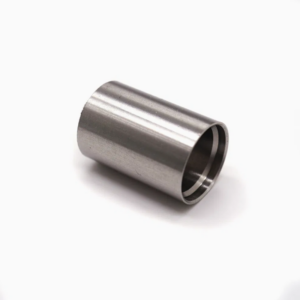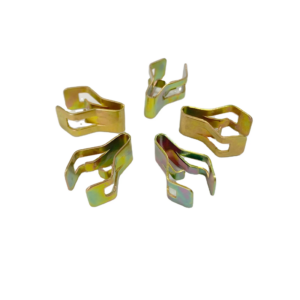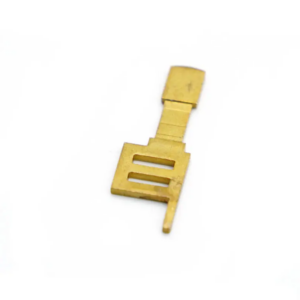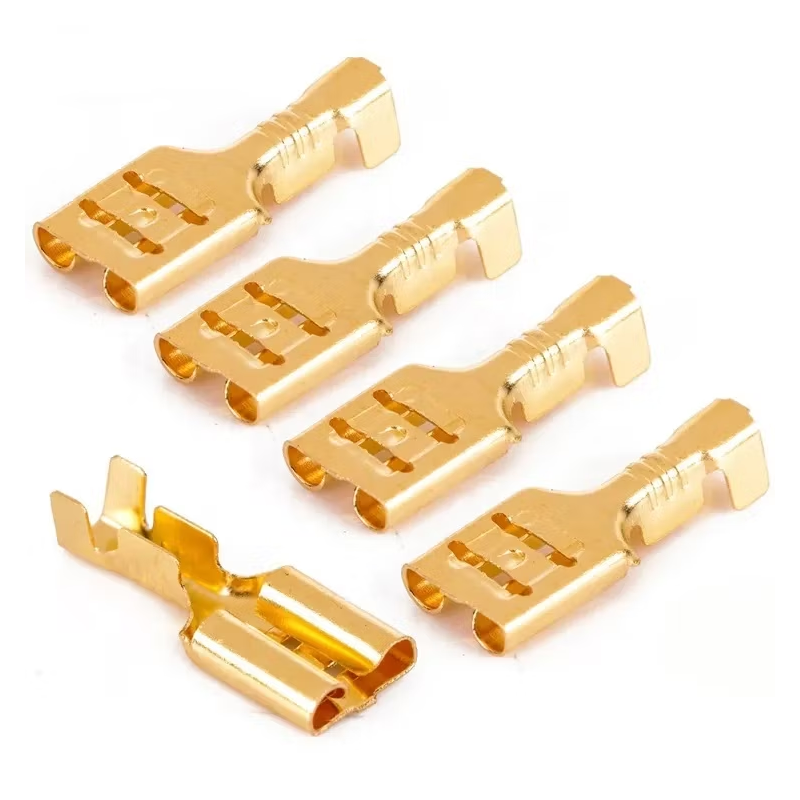In the world of metal stamping and manufacturing, plating plays a crucial role in enhancing the properties of the final product. By adding metal coatings to workpieces, plating can improve electrical conductivity, corrosion resistance, aesthetic appeal, and overall durability. However, selecting the right plating technique can be a challenge given the variety of options available. In this blog, we’ll explore the three main types of plating—pre-plating, post-plating, and selective plating—outlining their benefits, differences, and ideal applications to help guide your decision-making process.
The Benefits of Pre-Plating
Pre-plating, also known as before-plating, involves the application of a metal coating before the stamping or forming process. This technique can offer several advantages depending on the application and type of material being used. Typically, pre-plating is most beneficial for parts that will undergo minimal post-manufacturing handling or for components that require partial coverage for specific functions.
Advantages of Pre-Plating:
- Uniform Coating Coverage: Since the part is plated before the stamping process, it ensures a uniform coating across all areas, making it ideal for parts that do not require complex post-plating.
- Reduced Cost and Time: Pre-plating can be more cost-effective because the plating process is simpler and can be integrated into the early stages of production. As a result, it reduces both labor and handling costs.
- Perfect for Mass Production: Pre-plating is an excellent solution for high-volume production runs where the parts are not expected to be exposed to harsh environments or require intricate surface finishes.
However, one limitation of pre-plating is that it’s not suitable for all metal stamping applications. Since the plating layer is often incomplete after stamping, this method may not work well for parts that will be exposed to rigorous wear or where the plating must cover the entire component, including hard-to-reach areas.
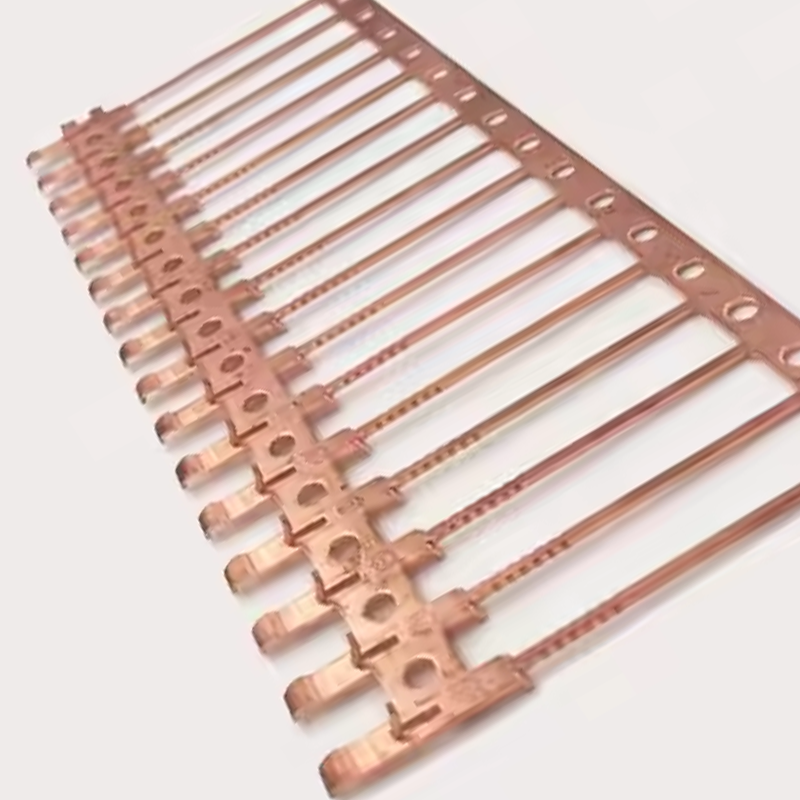
The Benefits of Post-Plating
In contrast to pre-plating, post-plating occurs after the stamping or forming process has been completed. This method allows for a more comprehensive and precise coating that ensures full coverage of the part, making it a preferred choice for products that need to withstand demanding environments or where aesthetics are critical.
Advantages of Post-Plating:
- Enhanced Durability: Post-plating is ideal for applications that require a high level of corrosion resistance or enhanced wear properties. This process provides a robust, durable coating that can protect against extreme conditions.
- Seamless Finish: Unlike pre-plating, post-plating allows for a flawless, seamless finish, which is particularly important for parts that will be visible in the final product. The coating is applied after all manufacturing steps, ensuring a pristine surface free from defects.
- Complete Coverage: When a part requires full coverage or the plating needs to be applied to specific areas that could be difficult to reach during the initial stamping phase, post-plating is the best choice. It ensures the final product is properly protected and visually consistent.
However, post-plating is generally more expensive than pre-plating. It requires additional handling, increasing labor costs, and introducing potential for dimensional variation. Additionally, the process involves more intricate quality control to ensure that the part’s dimensions are not compromised during the plating process.
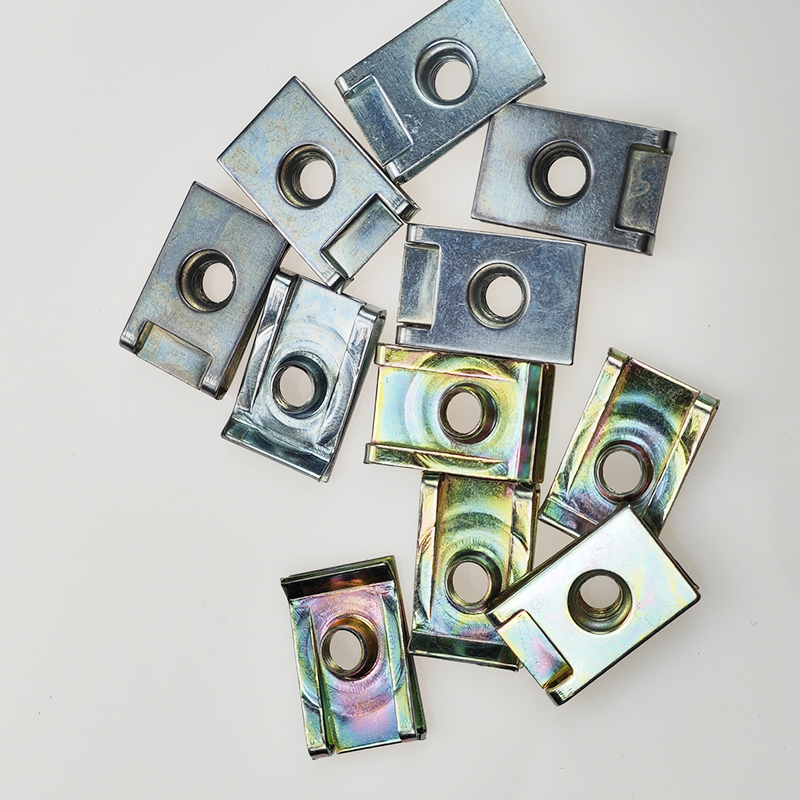
The Benefits of Selective Plating
Selective plating is a specialized process used when only specific areas of a part require a plating layer, or when different types of plating are needed in different regions of the same part. This technique is highly effective in industries that require precision, such as electronics or aerospace, where certain portions of a component need to be plated with precious metals, while others do not.
Advantages of Selective Plating:
- Cost-Effective: Selective plating allows manufacturers to reduce raw material costs by plating only the portions of a part that require the coating, such as terminal tips or contact points, rather than plating the entire surface.
- Precision and Customization: With selective plating, manufacturers can apply different types of plating to different areas of the same component, providing a customized solution that meets specific technical requirements. For example, a part might require gold plating on the contact points for conductivity, while the rest of the part could be coated with a more economical metal for strength or appearance.
- Reduced Waste: By plating only the necessary areas, selective plating minimizes material waste, making it a more environmentally friendly option compared to full-part plating methods.
- Dimensional Control: In some cases, selective plating is used to avoid dimensional deformations that might occur during barrel plating. Parts can be cut into blanks but remain on a strip, plated on reels, and then pressed again to achieve precise dimensional control.
Selective plating offers a highly customizable solution, but it requires specialized equipment and expertise to ensure that only the designated areas are plated without compromising the integrity of the part.
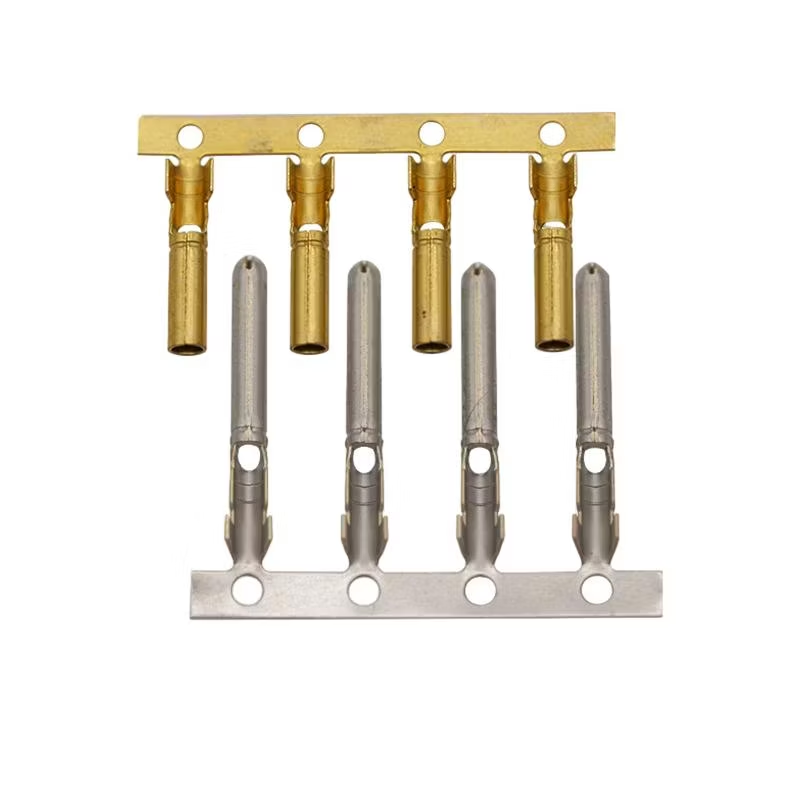
Choosing the Right Plating Method
Selecting the appropriate plating method depends on a number of factors, including the part’s intended use, environmental exposure, required aesthetics, and budget. Here’s a brief summary of which plating method may be right for your needs:
– Pre-Plating is ideal for parts that do not require extensive post-manufacturing handling and are not exposed to extreme environments. It’s also a good choice for high-volume production where speed and cost-efficiency are essential.
– Post-Plating is best for components that will face harsh conditions or need a flawless, seamless finish. It’s ideal for parts that require complete coverage and those that must adhere to strict quality and aesthetic standards.
– Selective Plating is the preferred option when only certain areas of a part require plating, or when multiple types of plating are needed for specific regions. It offers cost savings and material efficiency while ensuring precise and customized coatings.
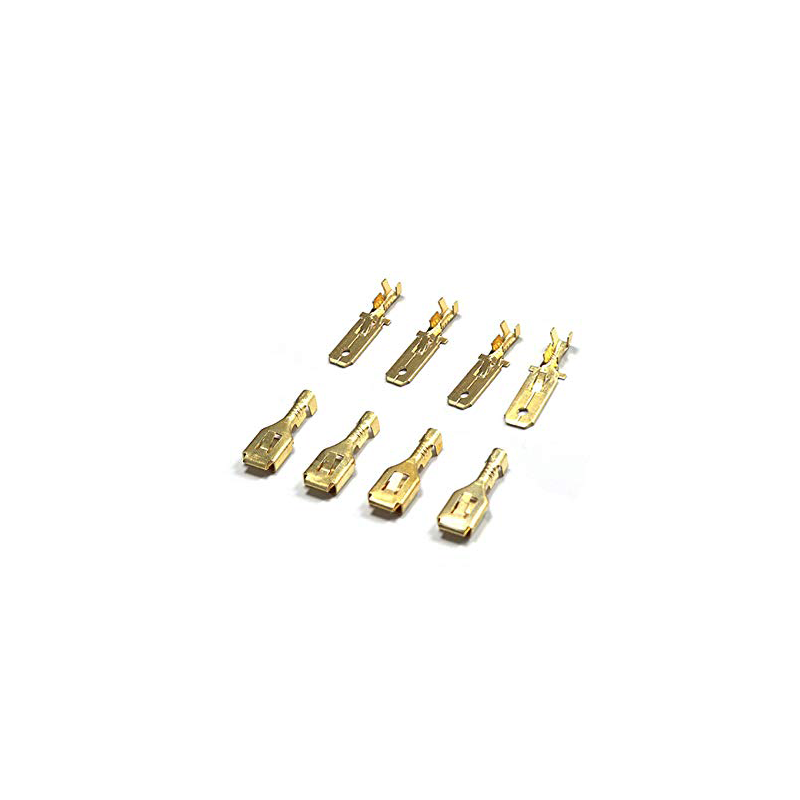
Our Capabilities and Commitment to Excellence
At Plantmetal, we are committed to providing high-quality, tailored solutions for all your metal stamping and plating needs. Our extensive manufacturing capabilities include 25 punch presses, ranging from 25 tons to 300 tons, as well as precision wire EDM machines, grinding equipment, welding and polishing tools, and ultrasonic cleaning systems. With over 60 years of experience, we have perfected the art of metal stamping, ensuring every part is manufactured to the highest standards.
In addition to our stamping capabilities, we offer a variety of advanced metal plating processes to enhance the durability, functionality, and aesthetics of your products. These processes include electroplating, zinc plating, nickel plating, chrome plating, and anodizing. Our state-of-the-art facilities ensure consistent finishes, superior corrosion resistance, and compliance with all industry standards.
By combining automated production lines with advanced mechanical equipment, rigorous quality control measures, and cutting-edge plating processes, we ensure that our products meet the highest standards of quality, precision, and performance.
Get in Touch with Us
Are you ready to take your metal stamping and plating projects to the next level? At Plantmetal, our expert team is here to provide you with personalized, professional services that meet your specific requirements. Whether you’re looking for pre-plating, post-plating, or selective plating solutions, we have the expertise to deliver exceptional results.
Contact us today to discuss your project needs or request a quote. Let us help you find the right plating solution to ensure the highest quality and performance for your products.
